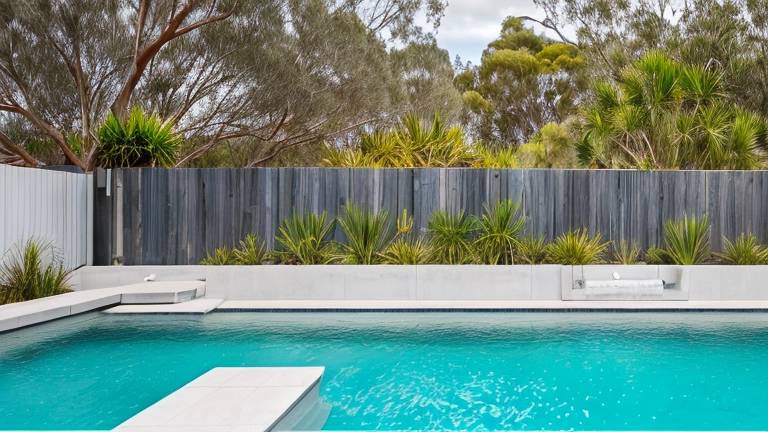Blogs
Top Pool Maintenance Tips for Every Season

Over time, every pool shows signs of wear and tear. Cracks, discoloration, and rough surfaces not only detract from your pool’s appearance but can also impact its functionality. Pool resurfacing is the solution to restore your pool’s beauty and ensure its durability. In this guide, we’ll walk you through the process and benefits of pool resurfacing with A&N Pool Solutions.
1. What Is Pool Resurfacing?
Why It’s Important: Pool resurfacing involves replacing or repairing the top layer of your pool’s interior to enhance its appearance, safety, and longevity.
Common Pool Surfaces:
- Plaster: A cost-effective and classic option.
- Pebble Finish: Durable and slip-resistant, perfect for a luxurious look.
- Tile: Customizable designs for a modern aesthetic.
Pro Tip: A&N Pool Solutions helps you choose the best resurfacing material to match your needs and style.
2. Signs Your Pool Needs Resurfacing
Why It’s Important: Recognizing the signs early prevents further damage and more costly repairs.
Look for These Signs:
- Cracks or chips in the surface.
- Stains that don’t come off with cleaning.
- Rough or uneven surfaces causing discomfort.
- Persistent leaks or water loss.
Pro Tip: Schedule an inspection with A&N Pool Solutions to determine if resurfacing is right for your pool.
3. The Pool Resurfacing Process
Step-by-Step Overview:
- Draining the Pool: Remove water safely to access the surface.
- Preparing the Surface: Clean and remove the old surface layer.
- Applying the New Finish: Install the chosen material, ensuring a smooth, even application.
- Refilling and Balancing: Refill the pool and adjust water chemistry for safe use.
Pro Tip: A&N Pool Solutions ensures a seamless resurfacing process with minimal disruption to your schedule.
4. Benefits of Pool Resurfacing
Why It’s Worth the Investment:
- Enhanced Aesthetics: A fresh surface revitalizes your pool’s look.
- Improved Safety: Smooth finishes reduce the risk of injuries.
- Increased Durability: Protects against cracks, leaks, and wear.
- Boosted Property Value: A well-maintained pool adds to your home’s appeal.
Pro Tip: Resurfacing with high-quality materials extends your pool’s lifespan significantly.
5. How Often Should You Resurface Your Pool?
Typical Lifespan by Material:
- Plaster: 5–10 years.
- Pebble Finish: 15–20 years.
- Tile: 10–15 years.
Pro Tip: Routine maintenance can help extend the life of your pool’s surface, delaying the need for resurfacing.
6. Why Choose A&N Pool Solutions for Resurfacing?
What Sets Us Apart:
- Over 15 years of experience in pool care and repairs.
- Licensed and insured professionals for peace of mind.
- Personalized recommendations to fit your budget and style.
- High-quality materials and precise workmanship for lasting results.




